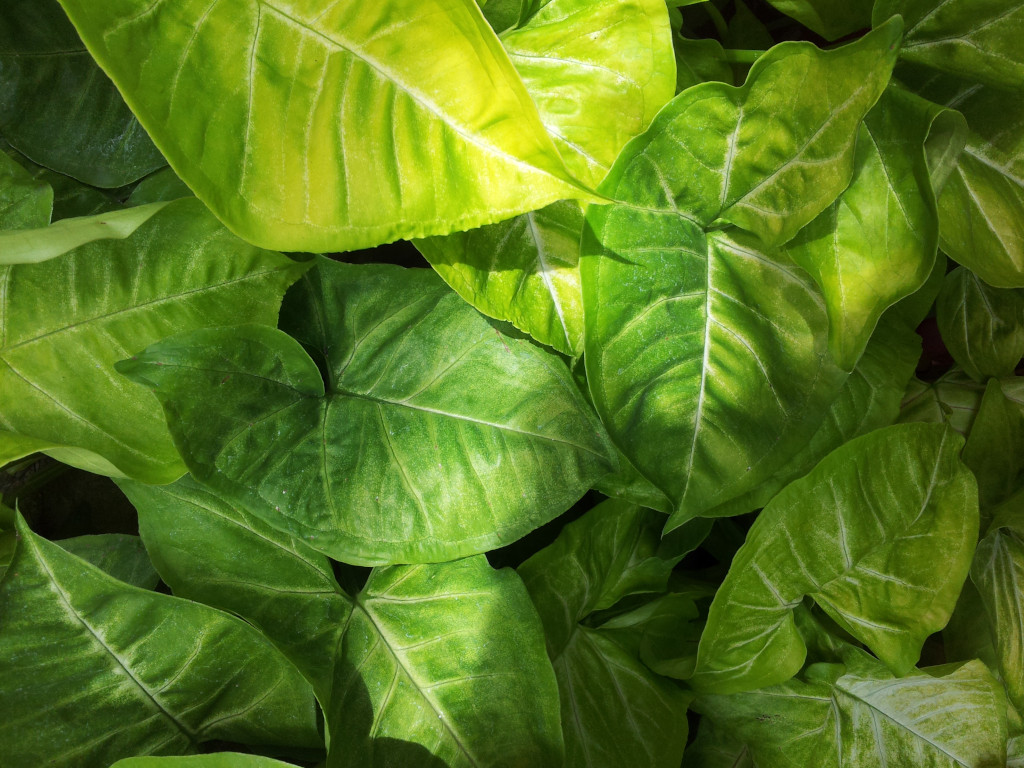Spinach belongs to the goosefoot family and is a leafy crop. The same family includes beetroot and chard. Spinach is a fast-growing crop that does well especially in spring and autumn. Spinach is grown much less in summer, as it sets seed rather quickly.
Spinach is a frost-resistant annual crop whose plant can grow 20 to 40 centimetres tall. The little-branched root can go up to 140 centimetres deep. The leaves have a stalk and are in a rosette (leaves are close together in a circle), but can be very different from each other: round, oblong, entire, incised or toothed, puckered, or (usually) smooth, light or dark green.
Grow your own Spinach
Sow locally in rows. If you sow close together (seed spacing in the row of 1-2 cm), you will get tender leaves with a light green colour. If you want slightly stiffer and darker leaves, you can thin out or just sow a little more widely. It is best to sow spinach directly in the garden, or in a greenhouse. This type of vegetable does not need to be pre-sown first. If you want to bring the season forward, you can pre-sow summer spinach indoors in January or February. We do not recommend pre-sowing spinach in loose potting soil. This is because when transplanting, the spinach will suffer too much damage to develop properly.
The ideal location depends on when you will sow the spinach. If you opt for summer cultivation, it is best to sow the spinach on a piece of ground that is a bit cooler, and thus somewhat in the shade. In spring and autumn, spinach can be fine outside in the sun, as the temperature will be slightly lower. The vegetable will then be less prone to bolting and is less bothered by insects generally. If you want to pre-sow spinach in January or February, we recommend doing so in a greenhouse or tunnel. The end of February would also do well outdoors on light soil, without being waterlogged. Sow winter spinach from June to September to be harvested in October till January.
Spinach requires good soil: the soil should be able to retain sufficient moisture, but also be airy. Spinach cannot tolerate wet feet. Spinach also needs a lot of fertiliser, because it grows quickly. Preferably use well-decomposed compost, because spinach does not like fresh manure. On more acidic soil, it is better to sprinkle some lime, as spinach generally does not like acidic soil (pH above 6.5).
Because spinach grows quickly, it is often not necessary to weed and you only have to hoe. Does it rain less for a while? Then water spinach often, preferably in the morning under glass, so that the crop can dry out during the day. Keep the soil weed-free, which also makes it easier to harvest later on.
The biggest threat to spinach in your garden is attack by animals. Mice, birds, snails and insects generally love the leaves of spinach. Several leaf spot diseases can also affect the leaves. Powdery mildew, also known as wolf, is the best known. This fungus makes soft fungal fluff on the underside of the leaves, it looks a bit like a coat, hence the name wolf. Besides these diseases and pests, bolting is the biggest difficulty in spinach cultivation. By bolting we mean that the spinach starts to put on a flowering stem, which protrudes above the plant. This happens under the influence of day length, but also due to stress such as too wet feet or not enough manure. It is best to harvest the spinach before the shoot stem protrudes above the plant.
As soon as the spinach is ripe for harvesting, it is important to cut it off. If you wait too long, the leaves will turn yellow and the plant will start storing nitrate, and spinach – depending on variety and sowing time – can shoot quite quickly. For harvesting as babyleaf, spinach is ready for harvest when the first leaves are about 10 centimetres long. Harvest the spinach then by cutting off the leaves just above the growing point. The plant can then grow out again for a 2nd harvest. This is the best spinach for salads. For coarser spinach, you can harvest just a little later. This spinach is good for cooking or steaming. If the planting distance is a bit wider, the spinach can grow a bit more, and then you can harvest whole plants as well. Then cut off the plant just above the ground. You then harvest a nice rosette of leaves about 25 cm high. No regrowth then takes place. This spinach is often used in Asian cuisine. Make sure you harvest before the leaves turn yellow, or the plants start sprouting. It is best to harvest early in the morning so that the plant is still cool and firm. If you harvest the spinach at a cool time, you can certainly keep it well in the fridge for several days.
Spinach is available from March to October. It is sometimes grown as an overwintering crop. Seed sown in spring forms plants that – after leaf growth – shoot in late spring and give seed in summer. Spinach shoots quickly on warm days and can therefore be difficult to grow in summer.
How to store Spinach?
Spinach is a product that spoils quickly. Wetting before harvesting extends the storage time and gives less nitrite formation. It is also good to know that storing at relatively high temperatures promotes the conversion of nitrate into nitrite.
Fresh spinach is best eaten on the day of purchase. If not, you can keep it in the fridge for about two days. If you want to keep it longer, freeze the spinach. Before freezing spinach, blanch the vegetable for two minutes. In a well-sealed bag/tray, you can keep it like this for 12 months.
Nutritional Value of Spinach
Spinach naturally contains relatively high levels of two substances that can be harmful to your health if consumed in large quantities: oxalic acid and nitrate. Oxalic acid is found as a salt in very small quantities in many plants and thus also in spinach. In large quantities, it causes vomiting and diarrhoea. If you discard the cooking water, you remove most of the oxalic acid present.
Nitrate is a natural metabolic product present in every plant. However, spinach has the property of storing nitrate more than other plants. Especially if the plant is offered a lot of easily absorbable nitrogen and in certain climatic conditions, spinach can contain a lot of nitrate. Nitrate can be converted into nitrite, which is harmful to our health. This conversion happens much faster if the spinach is cooked. Make sure to cool down spinach quickly after cooking in the fridge. Furthermore, it is advisable to eat spinach as fresh as possible, or at least store it in a fresh place. Spinach contains more iron (3-4 mg) than many other vegetables. Besides iron, spinach contains potassium, carotene, vitamin E and antioxidants.
Spinach in the kitchen
Spinach can be boiled for delicious soups, steamed in a pasta or rice dish, stir-fried or processed raw in smoothies and salads.


